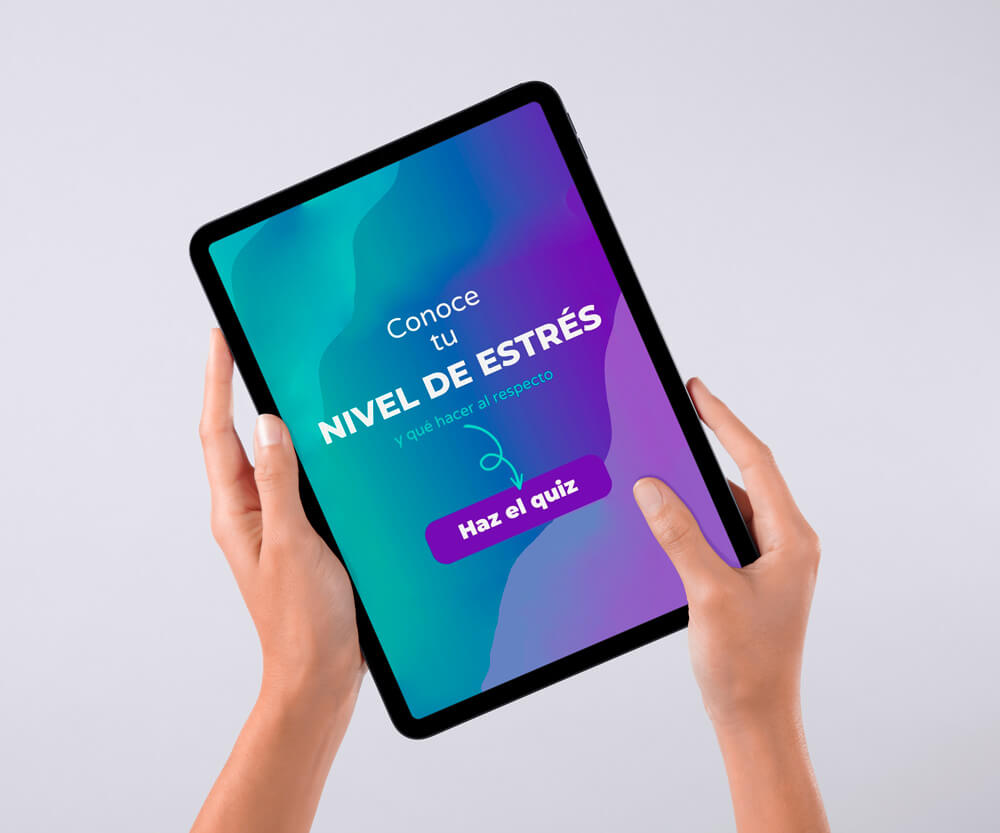[vc_row][vc_column][vc_column_text]Have you ever wondered why there are some people that you like better than others? Why there are people you seem to hit it off with immediately? Although there are several factors, active listening is a very important one.
You like to feel heard and understood, right? Well, if you want to win others over, practice active listening with them. You will see how you earn their trust more easily.
The benefits of active listening
Actively listening to others allows us not only to hear what they say. We really understand the message they transmit to us both through their words and their silences. It also means interpreting the message that may be behind. That is, the emotions transmitted by the other and what they say through their body language.
In this way we can better understand the point of view of the other and what they really want to convey to us. Do they want to share some news, something that worries them, seeks advice or just support and understanding? Active listening means really paying attention.That way we also avoid misunderstandings in our conversations.
All this implies that we will seem more likeable to others. They will trust us if they have the feeling that we care about what they tell us.
Get to know the benefits of actively listening to others. #activelistening #socialskills Click To Tweet
Motivations for not paying attention
Given the benefits of active listening, why do we then have sometimes such a hard time doing it? Well, you may be brooding over your own concerns or everything you have to do. Maybe you let yourself be distracted by your mobile phone and you are not able to put it aside for a while. You may also be bored by what the other tells you.

Listening to answer
Then there is another “bad” habit that prevents us from active listening. It is listening in order to reply. In other words, we are more busy thinking about what we are going to answer than listening to what the other says.
While the other person is speaking, we have already formed in our mind that advice, opinion or occurrence that we want to share. We even become impatient and may interrupt the other; lest we forget that important statement that we want to share.
To improve your active listening, ask yourself why you have trouble paying attention. Try to be honest with yourself. We cannot improve without knowing the cause of a problem. That is why awareness is the first step.
Find out why we sometimes have such a hard time actively listening to others and how to remedy it. #activelistening #socialskills Click To Tweet
How to practice active listening
We have seen the benefits of active listening and inquired into our motivations for not doing so sometimes. Now let us see how to improve our active listening skills.
Away with mobile phone and other distractions
Distractions are the first enemy of active listening. We can only really pay attention to one thing. That is why multitasking does not get along well with active listening.
So if you really want to listen actively, put aside your smartphone and other distractions and focus on the person you are talking to.
Maintain eye contact
When you talk to someone, do you look them in the eye? Or, are you more occupied with looking at what is going on around you? Well, maintaining eye contact is a clear sign that you are paying attention to the other person and that you care. Do you not also get nervous and insecure if you talk to someone who does not stop looking around instead of at your face?
Disinterest vs. shyness
Anyway a note about this. There are people who constantly look around, giving the clear impression that they are interested in everything else but us and that they are looking for someone more interesting to talk to.
But there are others who simply tend to look away towards the floor or the table. If they seem to have trouble maintaining eye contact and it seems to make them nervous, it can be an indicator of shyness. When they gain more confidence with you that usually changes. That is why it is so important to actively listen, by paying attention to the words and body language. It gives us important clues about whether someone’s behavior can be the result of shyness or disinterest.
Paying full attention to our conversation partner, without getting distracted, and keeping eye contact shows interest and empathy. How to practice #activelistening Click To Tweet
Listen beyond the words
Listen both to the words and the silences. Pay attention to the meaning behind it. Changes in tone of voice, gestures and facial expressions can give us important clues. How does the other person feel? What do they expect from the conversation?
Do not interrupt
As I mentioned before, we may be tempted to listen in order to respond. But, if you want to listen actively, suppress that impulse. Let the other finish talking and wait for your turn.
Listen to understand
In relation to the previous point, listen carefully to the other in order to understand what they want to convey. Instead of thinking about your answer, let them finish and pay attention to what they say with their words and body language.
Do not judge or discredit what your conversation partner conveys. Also, do not offer solutions or advice unless asked.
To listen actively does not only mean to pay attention to the words. How to practice #activelistening Click To Tweet
Validate the statement
Show that you have understood what your conversation partner has transmitted to you verbally and non-verbally. Convey that you understand their emotional state. Let them see that you have understood what they have said. Although that does not mean you need to agree with everything they say.

Ask open-ended questions
To make a conversation flow and find out more about what your conversation partner tells you, ask open-ended questions. These are questions that do not only lead to “yes” or “no” answers. Rather inquire with questions that begin for example by “why”, “how” or “when.”
Summarise and paraphrase
To ensure the understanding of what your conversation partner intends to convey, paraphrasing is a very useful tool. To do this, summarise in your own words what you have understood.
This technique also helps you avoid possible misunderstandings.
Remember details of past conversations
What better sign of interest for our conversation partner than to remember things they have told us at another time. If it is relevant for the conversation, introduce some detail that the other person mentioned to you on a previous occasion.
This can be useful to get to know the person more, to inquire more about a subject or to remind them of a detail related to the matter that concerns them.
There is a series of techniques to show our #conversation partner our interest in the talk. How to practice #activelistening Click To Tweet
Place yourself in a receptive position
I have already mentioned the importance of paying attention to your conversation partner’s body language. But just as important is your own body language and posture. Nervous foot movements, crossed arms or pursed lips are usually interpreted as signs of disinterest or disapproval.
Therefore, try to maintain an open posture during your conversation. Turn towards your conversation partner. Place your arms on both sides of the body or on the table, depending on whether you are talking whilst standing or sitting. Leaning towards our conversation partner or tilting the head slightly to the side is usually another sign of interest.
Nod
Nodding while we are listening is another sign of paying attention. However, keep in mind that men tend to interpret it as a sign of agreement with what they say, while for women it is usually more a sign of active listening.
Therefore, when your conversation partner is a man and if you disagree with what you are hearing, try to avoid nodding to all his words.
Mirror
When we get along with someone or are very interested in what they tell us, this is something we do without realising. This reflects affection and empathy. Mirroring can mean crossing our legs in the same direction or placing our hands in the same way.
Although it is usually an unconscious act, according to Neurolinguistic Programming we can use this technique to gain the trust of someone. However, we need to be careful not to do so in a forced and obvious way so that the conversation partner does not feel that we are teasing them.
With these gestures you show your conversation partner that you are actively listening. #activelistening #bodylanguage Click To Tweet
Do you practice active listening?
Do you have your active listening skills well developed? Or do you tend to be distracted or to interrupt? Which of these active listening techniques do you think you should train most?

[/vc_column_text][vc_empty_space][/vc_column][/vc_row]
Sharing is caring!




